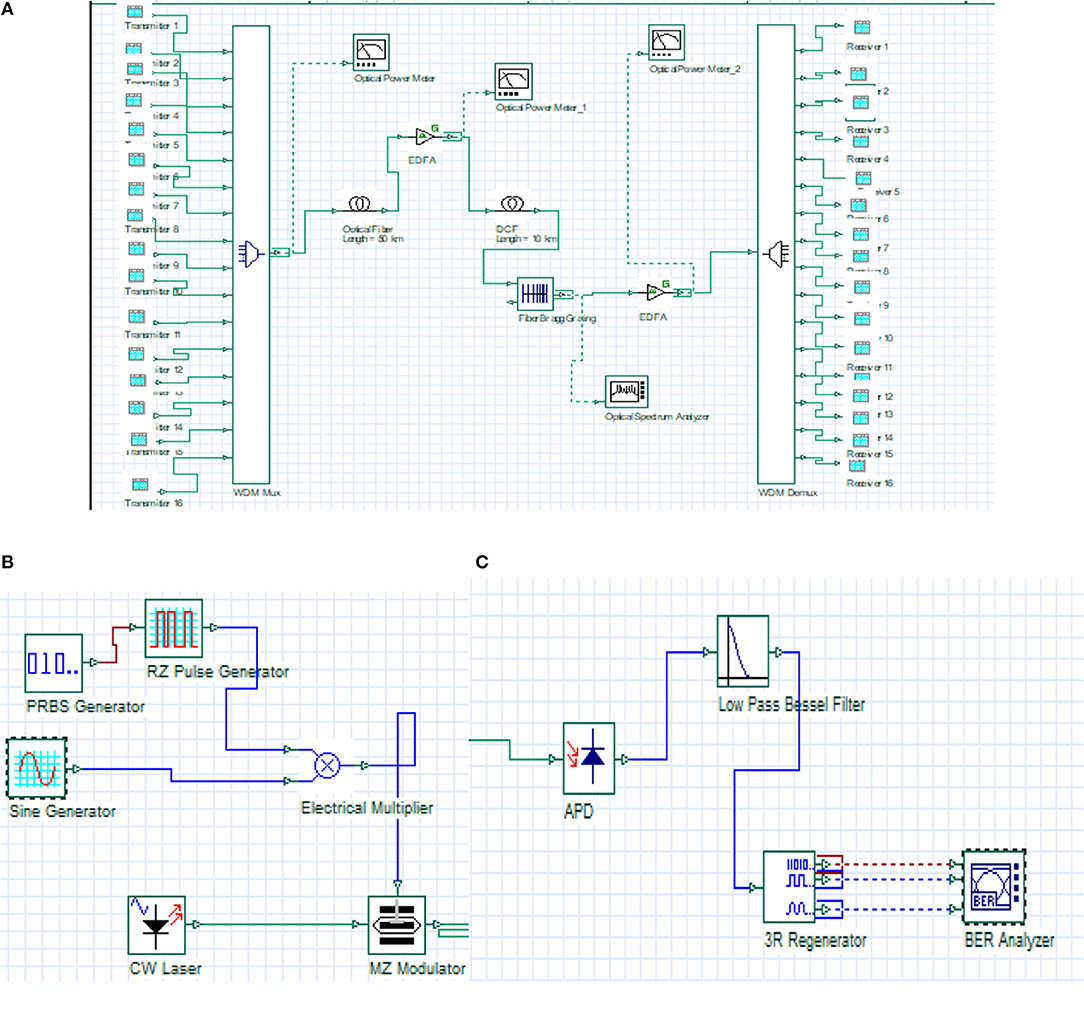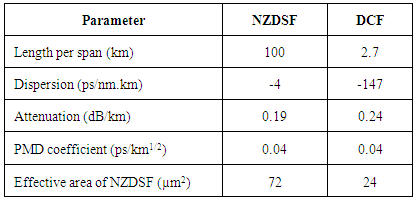
Anomalous dispersion occurs, for instance, where the wavelength of the light is close to an absorption resonance of the medium. Since that refractive index varies with wavelength, it follows that the angle by which the light is refracted will also vary with wavelength, causing an angular separation of the colors known as angular dispersion.įor visible light, refraction indices n of most transparent materials (e.g., air, glasses) decrease with increasing wavelength λ: 1 c). In particular, for non-magnetic materials (μ=μ 0), the susceptibility X that appears in the Kramers-Kronig relations is the electric susceptibility X e=n 2−1. The wavelength dependence of a material's refractive index is usually quantified by its Abbe number or its coefficients in an empirical formula such as the Cauchy or Sellmeier equations.īecause of the Kramers-Kronig relations, the wavelength dependence of the real part of the refractive index is related to the material absorption, described by the imaginary part of the refractive index (also called the extinction coefficient).

In general, the refractive index is some function of the frequency f of the light, thus n=n(f), or alternatively, with respect to the wave's wavelength n=n(λ). Where c is the speed of light in a vacuum and n is the refractive index of the medium. The phase velocity, v, of a wave in a given uniform medium is given by Their combination leads to signal degradation in optical fibers for telecommunications, because the varying delay in arrival time between different components of a signal “smears out” the signal in time. In general, both types of dispersion may be present, although they are not strictly additive. More generally, “waveguide” dispersion can occur for waves propagating through any inhomogeneous structure (e.g., a photonic crystal), whether or not the waves are confined to some region. Waveguide dispersion occurs when the speed of a wave in a waveguide (such as an optical fiber) depends on its frequency for geometric reasons, independent of any frequency dependence of the materials from which it is constructed. For example, material dispersion leads to undesired chromatic aberration in a lens or the separation of colors in a prism. Material dispersion comes from a frequency-dependent response of a material to waves. There are generally two sources of dispersion: material dispersion and waveguide dispersion. However, dispersion also has an effect in many other circumstances: for example, GVD causes pulses to spread in optical fibers, degrading signals over long distances also, a cancellation between group-velocity dispersion and nonlinear effects leads to soliton waves.

The most familiar example of dispersion is probably a rainbow, in which dispersion causes the spatial separation of a white light into components of different wavelengths (different colors). Dispersion is sometimes called chromatic dispersion to emphasize its wavelength-dependent nature, or group-velocity dispersion (GVD) to emphasize the role of the group velocity. Media having such a property are termed dispersive media. Wikipedia notes that in optics, dispersion is the phenomenon in which the phase velocity of a wave depends on its frequency, or alternatively when the group velocity depends on the frequency. This invention generally relates to optical communications and, more particularly, to a filter for efficiently compensating chromatic dispersion in an optical communications channel.


 0 kommentar(er)
0 kommentar(er)
